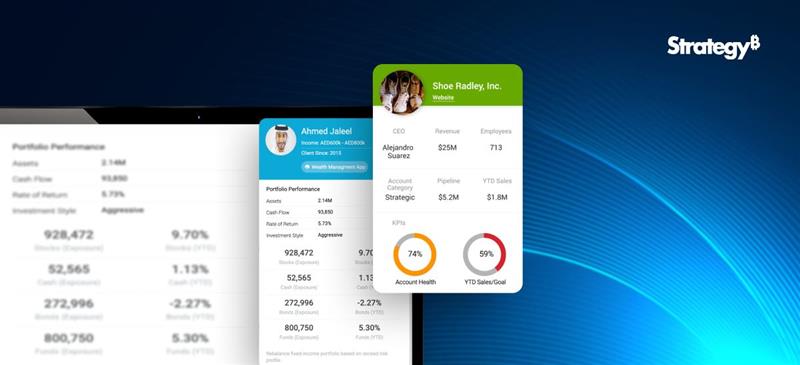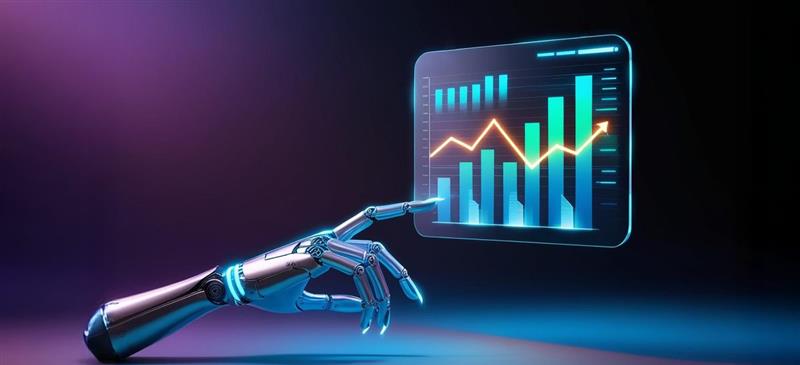Soon after Tableau launched the 2019.4 update, they have released a list of super interesting features as part of their path into 2020.1. Despite it being in Beta stage, we have been able to try out some of these and they do change the way we think about visualizations and the way we interact with them.
Let’s go through a sample of the most coveted features, which many of us in the world of BI have probably been dying to have (or at least would be great to have!)
1. Dynamic Parameters
1. This one deserves a whole lot of excitement from the entire Tableau community since parameters are used in just about any viz and the biggest complaint (major pain!) was that if the data gets refreshed, the updated values in the parameter field do
not get reflected. A user would have to manually go about refreshing and adding the new fields in the parameter. It was honestly astounding that such a simple thing would be the source of unnecessary emotions soaring.
2. But with the latest update, Tableau has provided. Now it can automatically update its parameters as soon as the data is refreshed and the new values will populate by itself! This saves a ton of time and effort and monitoring headaches for every dashboard created hereon!
3. To us, this would be among the most coveted and REQUIRED updates in this version
2. Viz Animations
In this new day and era, we are used to smooth rendering of just about anything we work on (from an app on our phone to the way an electric car feels on the road). This concept has now been delivered to us by Tableau in their new viz animation capability.
Now all our charts can have a smooth flow whenever changed by another filter. This not only enables the user to spot the exact points of change in the chart, but also looks cool beyond measures.
On click of an action, we can set up the amount of time it will take for the change to take place in the other charts (and this change is animated smoothly). This beautiful feature can be perfectly explained using an example visualization, rather than any more words.
So here goes..
Video Player
As you can see, it looks beautiful. This is an exciting time for the creators, since this feature will definitely make the viz functionality immensely more appealing to an end user.
3. Improvements in Explain Data
For those unfamiliar to this feature, explain data is an intelligent tool built in tableau which gives a statistical inference to any singular data point on a chart. It gives us an idea of the why and the general direction of the how of the value. 2020.1 promises to be smarter with Explain Data digging deeper with more refined statistical models in the background.
This is a feature which never fails to astonish a new user and Tableau promises to keep improving and building upon this as time goes by.



4. Export the dashboard to formats wanted
This is a simpler feature amidst all the fancy ones, however, may prove to a crucial addition for end user experience. Now we can directly export the dashboard in any format, on click of a button which can take the form of a text or an image and put as part of the dashboard. No more explaining to users to find click the tiny download option on the bottom of the screen and then export, now we can directly do it at the click of a button! We can export to formats like PDF, PowerPoint etc. which is honestly, great.


5. Buffer calculations
Buffer calculation enhances the interactivity when it comes it spatial scenarios. It is a boundary created with respect to any point on the map or location. A buffer calculation should contain three parameters such as location, distance, and a unit of measure like ‘kilometer’, and ‘miles’. Simple use case like, when you wanna know how many restaurants are present near my hotel, say around 1km, the buffer boundary highlights the number of restaurants near a specific location. Here is how the buffer calculation works….

So restricting to only the Desktop version of Tableau, we can foresee happier times for all viz lovers. Though these features are just part of the BETA version and may not all be released in the very next update, but these are good to look ahead to.





